1. Jose R, Narendran M, Bindu A, Beevi N, L M, Benny PV. Public perception and preparedness for the pandemic COVID 19: a health belief model approach. Clin Epidemiol Glob Health. 2021; 9:41–46. PMID:
33521389.

2. Wolf LJ, Haddock G, Manstead ASR, Maio GR. The importance of (shared) human values for containing the COVID-19 pandemic. Br J Soc Psychol. 2020; 59:618–627. PMID:
32572981.

3. Altig D, Baker S, Barrero JM, Bloom N, Bunn P, Chen S, Davis SJ, Leather J, Meyer B, Mihaylov E, et al. Economic uncertainty before and during the COVID-19 pandemic. J Public Econ. 2020; 191:104274. PMID:
32921841.

4. Dzielinski M. Measuring economic uncertainty and its impact on the stock market. Finance Res Lett. 2012; 9:167–175.

5. Keister LA, Benton R, Moody J. Lifestyles through expenditures: a case-based approach to saving. Sociol Sci. 2016; 3:650–684. PMID:
27904877.

6. Byrne S, Hopkins A, McIndoe-Calder T, Sherman M. The Impact of COVID-19 on Consumer Spending. Dublin: Central Bank of Ireland;2020.
7. Coibion O, Gorodnichenko Y, Weber M. The Cost of the COVID-19 Crisis: Lockdowns, Macroeconomic Expectations, and Consumer Spending. Cambridge (MA): National Bureau of Economic Research;2020.
8. Chetty R, Friedman JN, Hendren N, Stepner M. The Opportunity Insights Team. How did COVID-19 and Stabilization Policies Affect Spending and Employment? a New Real-Time Economic Tracker Based on Private Sector Data. Cambridge (MA): National Bureau of Economic Research;2020.
9. Hall MC, Prayag G, Fieger P, Dyason D. Beyond panic buying: consumption displacement and COVID-19. J Serv Manag. 2020; 32:113–128.

10. Dunn A, Hood K, Driessen A. Measuring the Effects of the COVID-19 Pandemic on Consumer Spending Using Card Transaction Data. Washington, D.C.: U.S. Bureau of Economic Analysis;2020.
11. Mitchell T, O'Donnell G, Taves R, Weselake-George Z, Xu A. Consumer Expenditures during COVID-19: an Exploratory Analysis of the Effects of Changing Consumption Patterns on Consumer Price Indexes. Ontario: Statistics Canada;2020.
12. Dalgleish R. How the COVID-19 Pandemic has Accelerated the Shift to Online Spending. Newport: Office for National Statistics;2020.
13. Barua A, Levin D. What's Weighing on Consumer Spending: Fear of COVID-19 and Its Economic Impact. London: Deloitte;2020.
14. Baker SR, Farrokhnia RA, Meyer S, Pagel M, Yannelis C. How does household spending respond to an epidemic? Consumption during the 2020 COVID-19 pandemic. Rev Asset Pricing Stud. 2020; 10:834–862.

15. Janssen M, Chang BP, Hristov H, Pravst I, Profeta A, Millard J. Changes in food consumption during the COVID-19 pandemic: analysis of consumer survey data from the first lockdown period in Denmark, Germany, and Slovenia. Front Nutr. 2021; 8:635859. PMID:
33763443.

16. Chenarides L, Grebitus C, Lusk JL, Printezis I. Food consumption behavior during the COVID-19 pandemic. Agribusiness (N Y N Y). 2020; 37:44–81.

17. Chronopoulos DK, Lukas M, Wilson JOS. Consumer spending responses to the COVID-19 pandemic: an assessment of Great Britain. In: COVID Economics. Washington, D.C.: Center for Economic Policy Research;2020. p. 145–180.
18. Langeland S. COVID-19 lockdowns are central planning. J Statesmanship Public Policy. 2021; 2:3–23.
19. Unnikrishnan A, Figliozzi M. A study of the impact of COVID-19 on home delivery purchases and expenditures [Internet]. Portland: Portland State University Library;2020. cited 2021 March 28. Available from:
https://archives.pdx.edu/ds/psu/33410.
20. Andersen AL, Hansen ET, Johannesen N, Sheridan A. Pandemic, shutdown and consumer spending: lessons from Scandinavian policy responses to COVID-19. arXiv. Forthcoming. 2020.
21. Wallheimer B. How South Korea Limited COVID-19 Deaths and Economic Damage. Chicago (IL): Chicago Booth Review;2020.
22. In : Chen MF, editor. Food-related lifestyle and trust-in-food-safety typology in Taiwan. Proceedings of the International Conference on Pacific Rim Management 19th Annual Meeting; 2009 Jul 30-Aug 1; San Francisco (CA), USA.
23. Min KM, Kim HS. The effect of the dietary life style of female consumers on HMR purchase behavior: HMR involvement as moderating variable. Foodserv Ind J. 2017; 13:65–82.
24. Dziadkowiec J, Rood AS. Casual-dining restaurant preferences: a cross-cultural comparison. J Foodserv Bus Res. 2015; 18:73–91.

25. Rha JY, Lee B, Chun Y, Han S, Ko J. Factors influencing consumer choice for home meal replacement using local food: focused on alphabet theory. J East Asian Soc Diet Life. 2020; 30:492–442.
26. Korea Agro-Fisheries & Food Trade Corporation. 2019 Processed Food Segmentation Market Status. Naju: Korea Agro-Fisheries & Food Trade Corporation;2019.
27. Yoon J. Future of Honbap (Solo Dining). Food and Health Division Forum of Korean Medical Association. Seoul: Korean Medical Association;2018.
28. Sierra-Johnson J, Undén AL, Linestrand M, Rosell M, Sjogren P, Kolak M, De Faire U, Fisher RM, Hellénius ML. Eating meals irregularly: a novel environmental risk factor for the metabolic syndrome. Obesity (Silver Spring). 2008; 16:1302–1307. PMID:
18388902.

29. Paoli A, Tinsley G, Bianco A, Moro T. The influence of meal frequency and timing on health in humans: the role of fasting. Nutrients. 2019; 11:719.

30. Hassen TB, Bilali HE, Allahyari MS. Impact of COVID-19 on food behavior and consumption in Qatar. Sustainability. 2020; 12:1–18.

31. Maddock J. The relationship between obesity and the prevalence of fast food restaurants: state-level analysis. Am J Health Promot. 2004; 19:137–143. PMID:
15559714.

32. Currie J, DellaVigna S, Moretti E, Pathania V. The effect of fast food restaurants on obesity and weight gain. Am Econ J Econ Policy. 2010; 2:32–63.

33. Davis B, Carpenter C. Proximity of fast-food restaurants to schools and adolescent obesity. Am J Public Health. 2009; 99:505–510. PMID:
19106421.

34. Braithwaite I, Stewart AW, Hancox RJ, Beasley R, Murphy R, Mitchell EA. ISAAC Phase Three Study Group. ISAAC Phase Three Study Group. Fast-food consumption and body mass index in children and adolescents: an international cross-sectional study. BMJ Open. 2014; 4:e005813.

35. Jacob L, Stubbs B, Firth J, Smith L, Haro JM, Koyanagi A. Fast food consumption and suicide attempts among adolescents aged 12–15 years from 32 countries. J Affect Disord. 2020; 266:63–70. PMID:
32056938.

36. Goddard E. The impact of COVID-19 on food retail and food service in Canada: Preliminary assessment. Can J Agric Econ. 2020; 68:157–161.

37. Grashuis J, Skevas T, Segovia MS. Grocery shopping preferences during the COVID-19 pandemic. Sustainability. 2020; 12:5369.

38. Rosenstock I. Historical origins of the health belief model. Health Educ Monogr. 1974; 2:328–335.

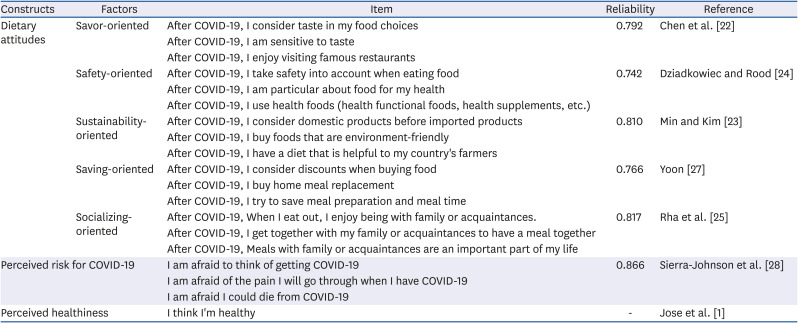
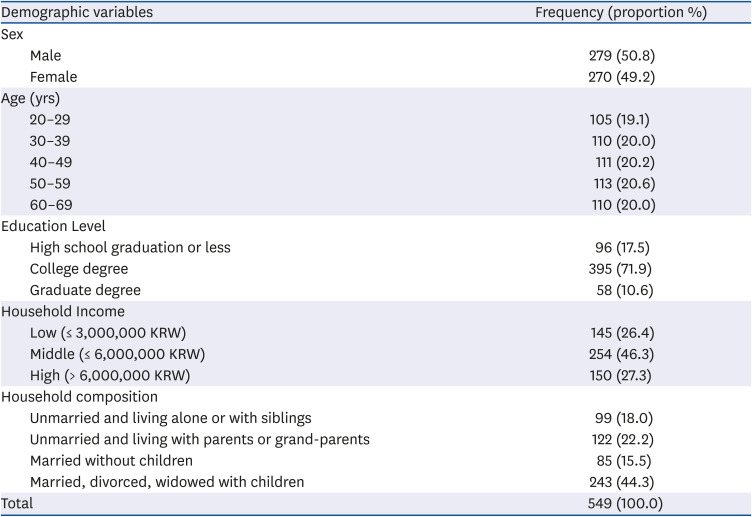

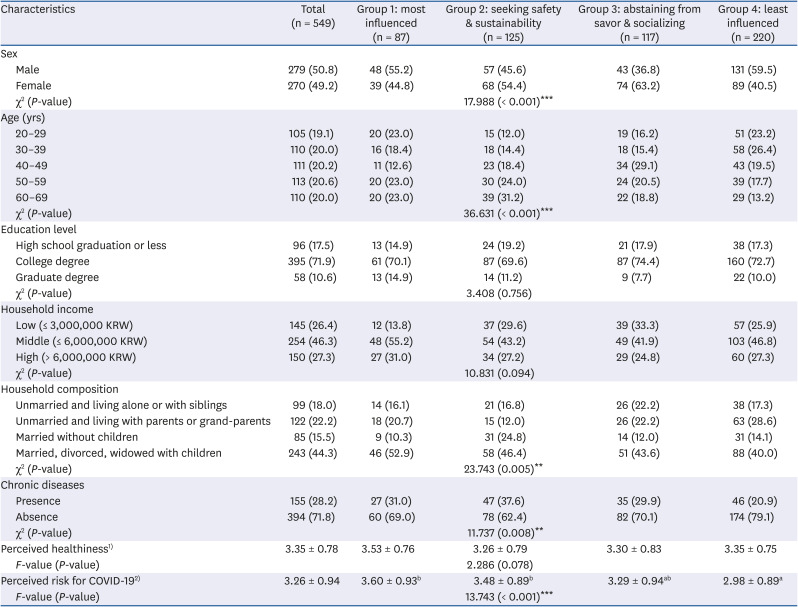




 PDF
PDF Citation
Citation Print
Print




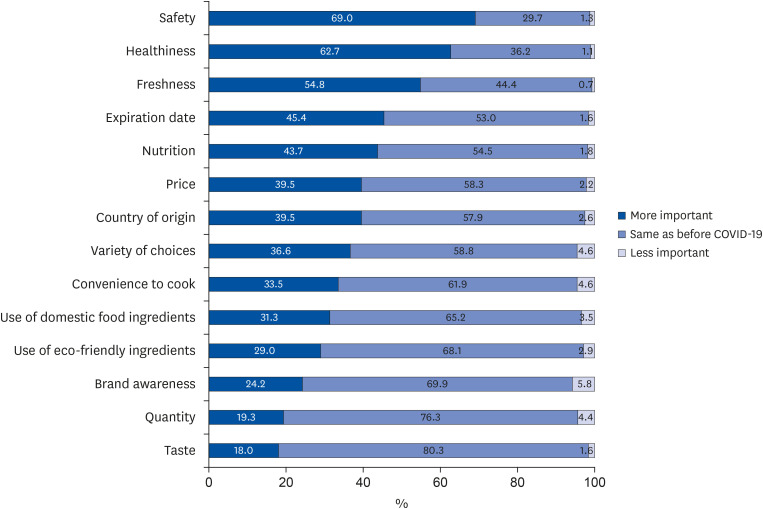
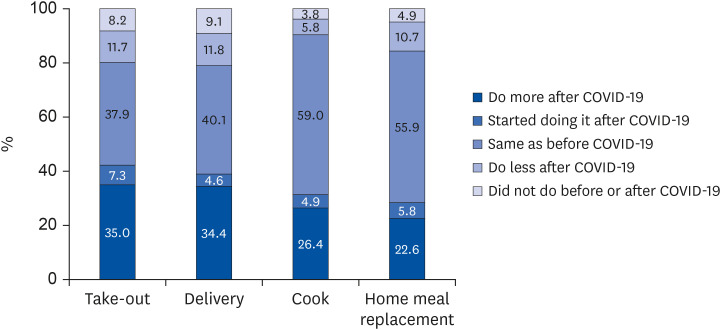
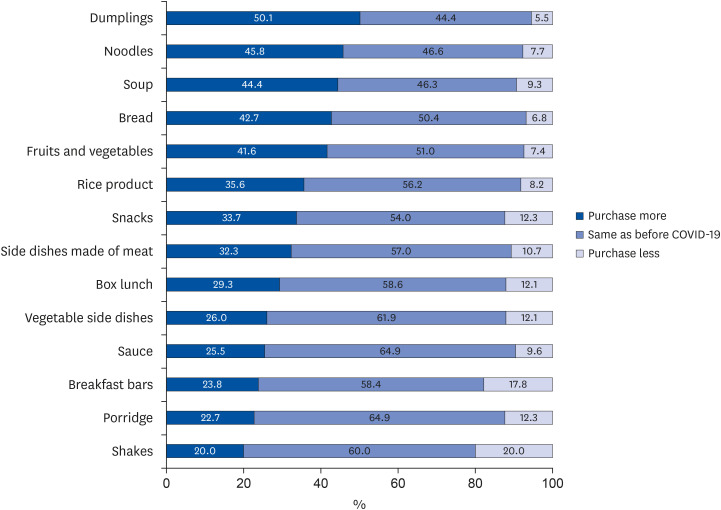
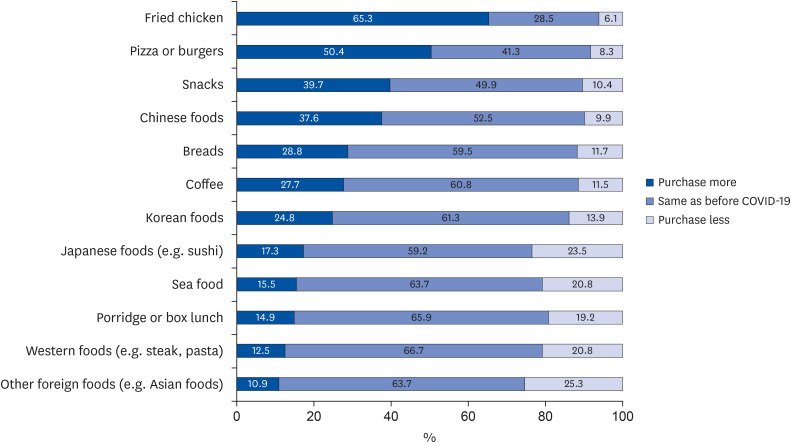
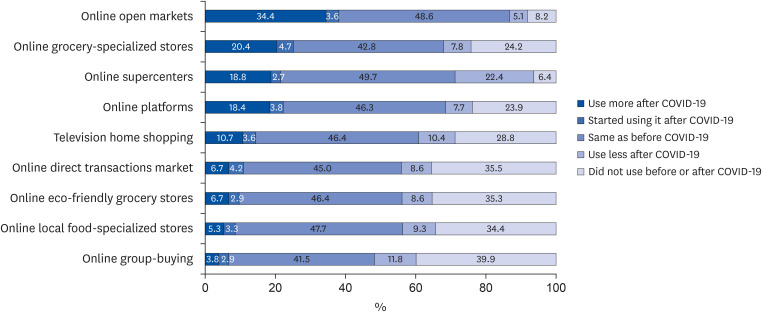
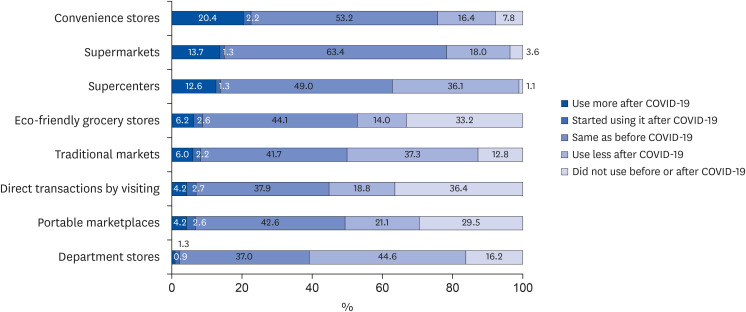
 XML Download
XML Download